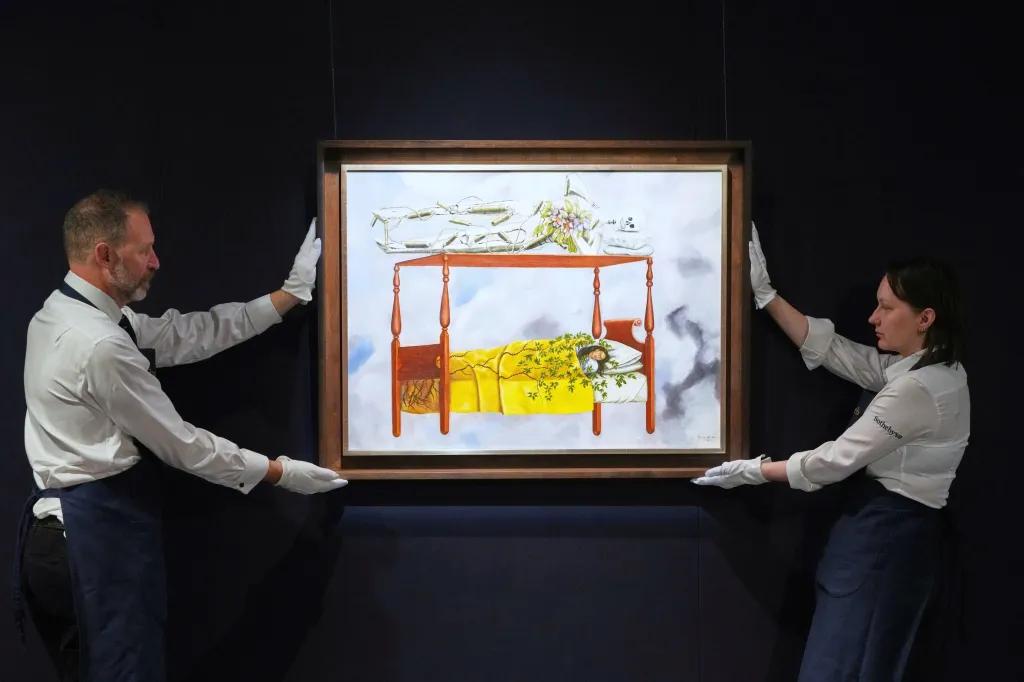Democratisation of the art market
The rise of social media, digital galleries, and online marketplaces has made art more accessible than ever. Platforms like Instagram and Artsy allow collectors to discover and directly engage with artists early in their careers, removing the traditional gatekeepers of the art world. This visibility gives emerging artists an unprecedented platform to showcase their work and build an audience - and collectors are taking notice.

Lower entry costs, higher potential
Unlike established blue-chip works that may require a seven-figure investment, buying art from emerging artists is often far more affordable. This creates a compelling value proposition: the chance to support an artist’s career while potentially acquiring works that will appreciate in value dramatically. For collectors priced out of the auction houses, early acquisitions of rising talent offer both emotional satisfaction and financial gain.

A meaningful relationship
Buying from an emerging artist often comes with the opportunity to connect personally - through studio visits, social media, or gallery events. These relationships can be deeply rewarding, as collectors feel more invested in the artist’s journey. Unlike acquiring a canvas through a high-profile auction, collecting emerging art can feel like contributing to a story in progress. Building relationships with emerging artists can also potentially lead to more beneficial transactions in the future.

Shifting tastes and cultural relevance
Today’s collectors, especially younger millennials and Gen Z buyers, often prioritise authenticity, diversity, and cultural relevance. Emerging artists are frequently at the forefront of contemporary discourse, creating work that reflects issues like identity, climate, social justice, and technology. Collecting these voices is not only about owning beautiful objects, but also about participating in a broader cultural conversation.

Institutional validation
Museums, curators, and major galleries are increasingly looking to emerging talent to diversify their rosters and stay ahead of the curve. When a young artist is acquired by a major institution or featured in a biennale, their market value can skyrocket. For savvy collectors, getting in early is now a well-recognised strategy, not a gamble.

The rise of art as an asset class
With art funds, fractional ownership, and increased data transparency, art collecting has become more financially strategic. Emerging artists offer an appealing frontier in a world where traditional assets feel saturated or unpredictable. They’re the venture capital of the art world: high risk, high reward, and often surprisingly high impact.

Emerging artists are no longer just up-and-comers, they’re fast becoming the blue chips of tomorrow. For collectors who are bold, curious, and forward-thinking, investing in the next generation of talent offers the chance to shape the future of art history.


